Wenki Vincent Wang, a prominent leader in the Chinese-American and Asian-American communities crossed the finish line at the Columbus Marathon in October. With hands raised and face filled with joy of accomplishment, it was Wang’s second race in six months. Wang’s month of October feels like a breath of fresh air after crossing the finish line at one of the nation’s most prestigious marathons and recently recognized as one of the pioneers in Human and Civil Rights at the 16th Ohio Civil Rights Hall of Fame. Wang spoke to New Americans Magazine Bureau Chief Okon Ekpenyong about his training, challenges, motivation, and experience running his second half-marathon this year.
Weather
The rain didn’t affect my performance at all. This was my first time participating in the Columbus Marathon, and I really enjoyed the experience. I drove around the course the day before the race to get familiar with it. I had a target race pace in mind and tried to stick to the plan. I started a little faster than intended after realizing I was among the quicker runners, but I gradually adjusted my pace and finished the half-marathon two minutes faster than I did at the Cap City Half Marathon in April.
Challenges
The biggest challenge was maintaining my target race pace of 5 minutes and 20 seconds per kilometer in the last four miles. I felt strong during the first nine miles and ran faster than planned for a few segments. After that point, fatigue started to set in—my legs and feet felt heavy, though my heart rate remained steady. I believe this was due to missed training sessions, especially a few long runs that would’ve built better endurance.
My pace dropped significantly at one point, but I reminded myself not to stop. I grabbed some water from the volunteers and took a gel to refuel with carbohydrates. I pushed myself back to my target pace again and was able to hold it. In the final couple of miles, I felt much better and pushed harder to finish, completing the 1/2 marathon on a high note – I felt elated.
Preparation
After the first half-marathon in April, I became extremely busy with community work — particularly mobilizing community members to speak up against the Ohio House Bill 1 and Senate Bill 88, which propose restricting property ownership in Ohio based on national origin. Our team met with state representatives and senators to raise concerns, held press conferences, and organized rallies to expose the harm these bills would cause.
Because of that intense schedule, I couldn’t start my training until two months before the Columbus Marathon, even though my plan originally required a four-month commitment. I asked ChatGPT to create an 8-week training plan based on my available time and target race pace. I followed the plan for the most part, and it went well, though I did miss a few sessions, especially long runs that would have helped build more endurance. That caused some challenges during the race, but I managed to push through and complete the half-marathon in the top 25% of my age group, the top 30% among all male finishers, and the 20% overall.
Training
I was able to complete the Columbus Half Marathon largely because I followed most of the shortened training plan, and the foundation built from my first half marathon helped as well. Although I had only eight weeks to prepare for the Columbus Marathon, I trained almost six months for my first half-marathon — the Cap City Half Marathon in April.
My running journey began in October 2024, when my son encouraged me to exercise at least 150 minutes weekly to stay healthy. I decided to follow his advice and started running. I joined a few group runs organized by a local running shoe store and learned that they offered free training plans and weekly coaching for the 2025 Cap City Half Marathon. I signed up and began training in late December. The winter weather made it tough—cold temperatures and snow tested my discipline, but I stuck with the plan and completed every session. Crossing the finish line of my first half-marathon gave me an incredible sense of accomplishment and confidence to take on new challenges. It was a moment I’ll never forget, and it’s a feeling I hope everyone can experience.
Columbus Marathon
The Columbus Marathon was a truly fun and memorable event. The atmosphere was full of energy, with runners of all ages clearly enjoying the challenge and the spirit of the day. The announcer kept the crowd engaged and informed, and the uplifting music helped build excitement and camaraderie among participants. It was a reminder that running is not just a solo sport, but a community activity that brings people together in a shared pursuit of health and fitness.
The moments leading up to the start were especially inspiring. The national anthem was played, followed by fireworks that lit up the morning sky. The Columbus City Council Pro Tem also attended the half-marathon and shared encouraging words to motivate all runners. Throughout the course, volunteers cheered enthusiastically and handed out water at well-organized stations, helping everyone stay hydrated and energized. Their support made the race experience even more enjoyable. The rain was light at the start of the race but grew much heavier toward the end of the half-marathon. It started pouring just after I left the course. While running, your body generates enough heat to keep you warm, but once you stop, the cold sets in quickly—especially when you’re completely soaked. I was grateful that the organizers handed out emergency blankets to every finisher to help retain warmth and provided fruits, snacks, and water for recovery. Those thoughtful details made a big difference after such a wet and chilly race.
Perseverance
Perseverance is not just important in long-distance running; it’s essential. It’s what makes the difference when the going gets tough. In those moments of deep struggle, if you can stay focused, stick to your plan, and push through the pain, you’ll eventually break through and succeed. But if you let the voice in your head persuade you to take the easy route—to give up or slow down—you risk falling behind and creating obstacles that are much harder to overcome later. It’s a lesson that applies not just to running, but to life itself. And the more you run, the more you build that perseverance, making you stronger and more resilient in the face of any challenge.
At the same time, long-distance running itself is a great way to build perseverance. The more you run, the more confident you become in facing challenges—both on the road and in life. Progress isn’t always linear; there are ups and downs, and setbacks happen. But if you keep faith in yourself, learn from each experience, and stay committed to improvement, you’ll continue to grow stronger over time and move steadily toward your goals.
Motivation
I always visualize the moment when I reach my goal. That image reminds me that with every minute of effort, I’m one minute closer to achieving it. During moments of struggle, I often think of my son, who is a competitive cyclist. Cycling, like running, is an endurance sport. I’ve watched my son race many times and witnessed his triumphs when he pushed through pain in the toughest moments. His perseverance inspires me to keep going when things get hard.
I also like to break the race into smaller segments and focus on completing them one by one. As I progress, I calculate how many segments I’ve finished and how many remain. With each milestone, the task ahead feels smaller, my confidence grows, and the pressure fades—replaced by a calm, positive mindset that carries me to the finish.
Lesson
Two key lessons stood out to me from this race. The first was the importance of not giving up, whether by walking or slowing down too much. I remembered from my first half-marathon that when I decided to walk for a few minutes to feel better, those few minutes ended up costing me my goal. This time, I reminded myself to keep running, no matter how hard it felt.
The second key was learning to replenish my body properly with water and carbohydrates. During a race, it’s not always obvious when your body starts needing fuel—you just feel your pace drop or fatigue set in. It took me a while to realize I needed to hydrate and refuel to keep my body performing well. With more experience, I’ve learned how crucial timely hydration and nutrition are, and I’m confident I’ll do even better in future races.
Two In One Year
I feel that I can achieve anything if I plan well, do the necessary preparation, follow through on the plan, make adjustments as needed, and seek help along the way. Of course, doing all of this consistently is not easy, and there is always room for improvement. Still, I feel optimistic about continuing to run, stay fit, and take on more half marathons in the future.
Future
From this marathon, I’ve learned a few key strategies that I’ll carry into future races:
- Set a goal: Sign up for your next marathon, half-marathon, 10K, or 5K.
- Create a training plan and follow through: Work with a coach in person or join a local running group for motivation, support, and camaraderie.
- Train smart: Avoid overstretching yourself with overly ambitious goals or excessive training.
- Prioritize nutrition and recovery: Fuel your body properly and allow time for rest.
- Enjoy the process: Most importantly, have fun and celebrate your progress!
Support the New Americans magazine to continue to serve our community with precise news that affect the new American, immigrant and refugee community. https://paypal.com/donate/?hosted_button_id=8LHFS78NRNJJY&source=url


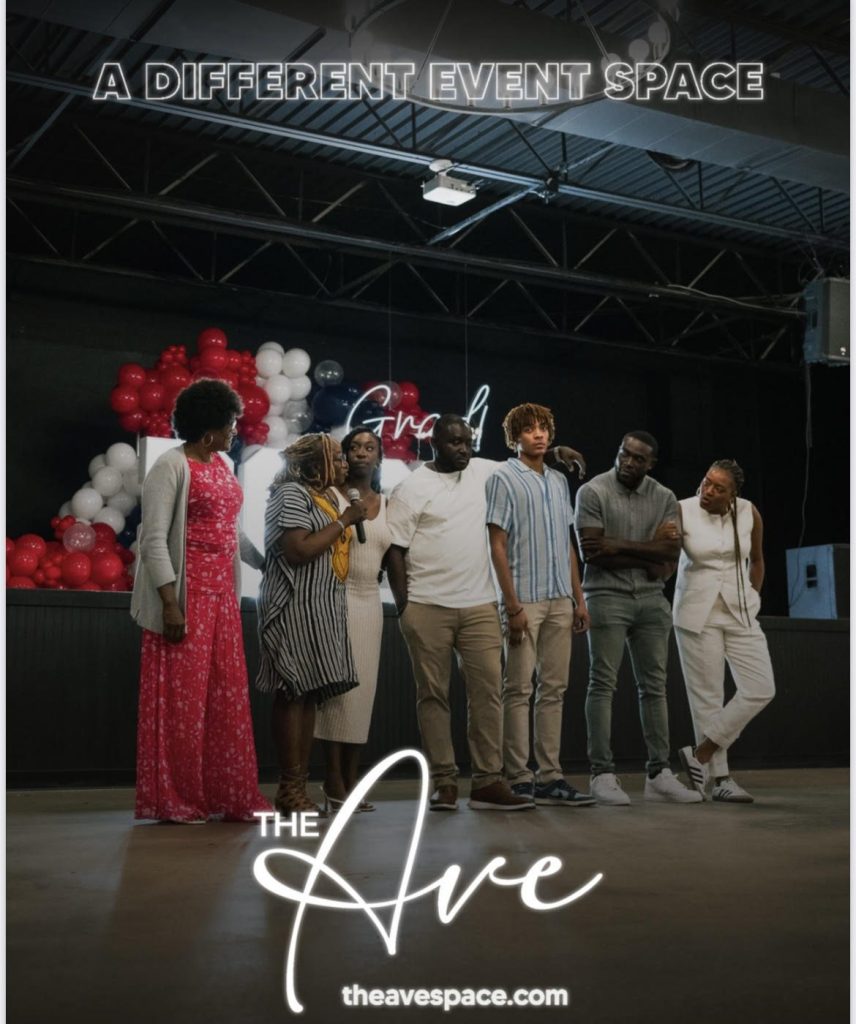
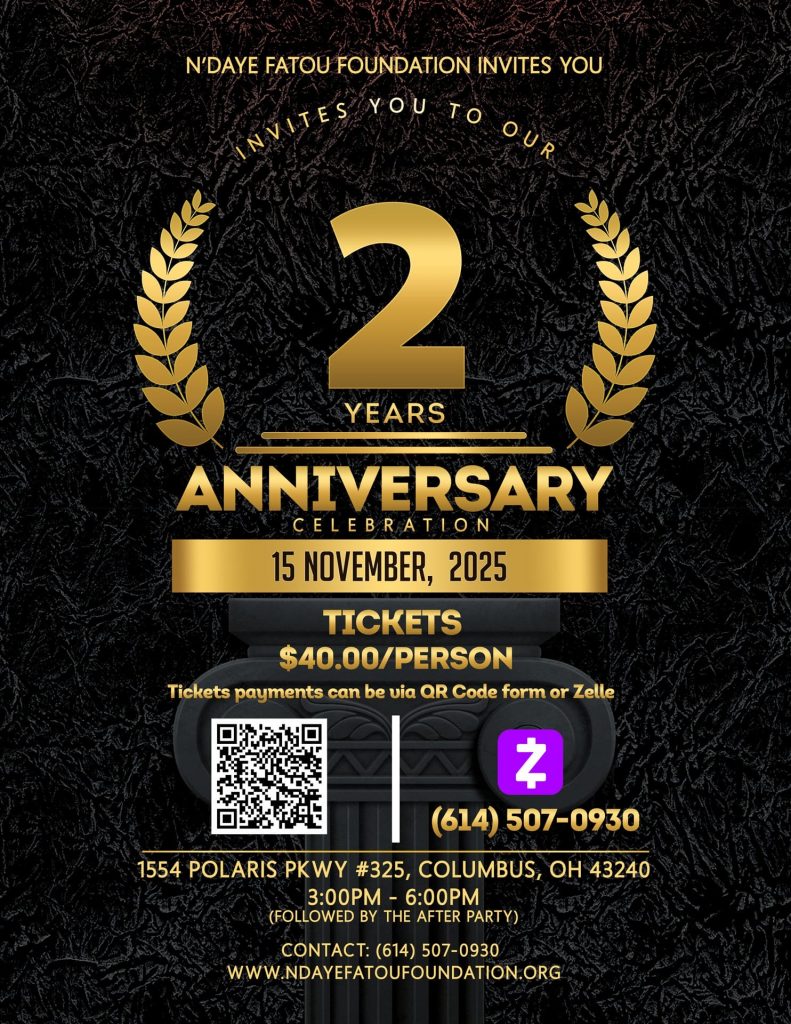
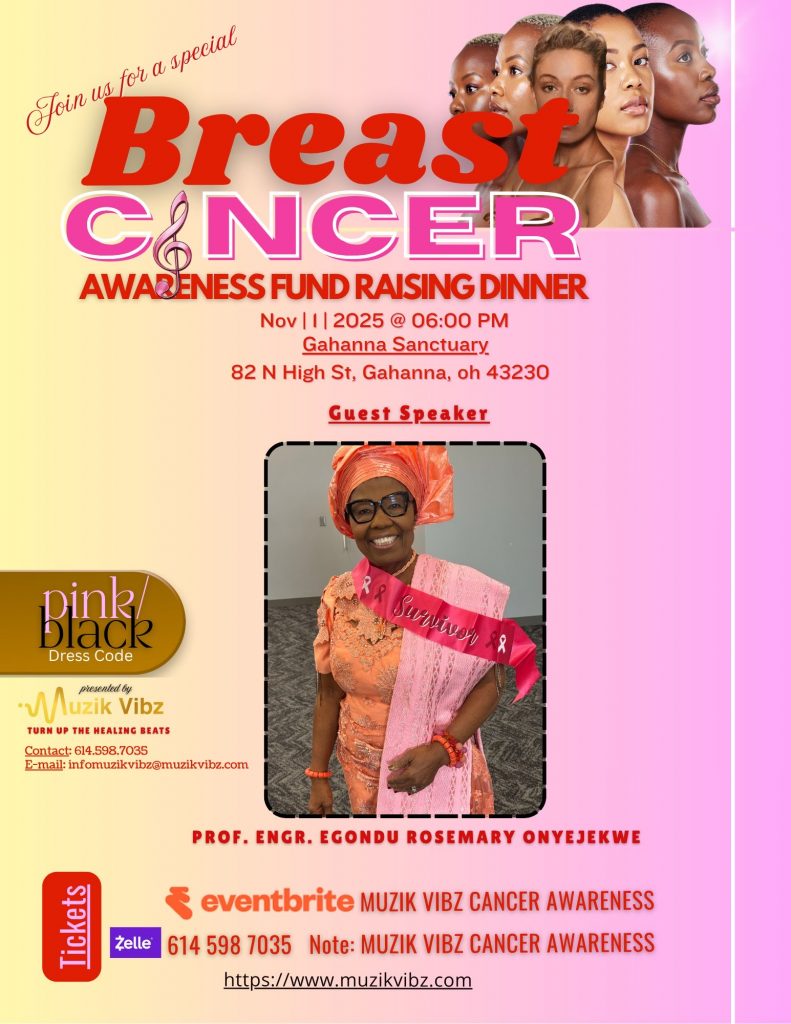









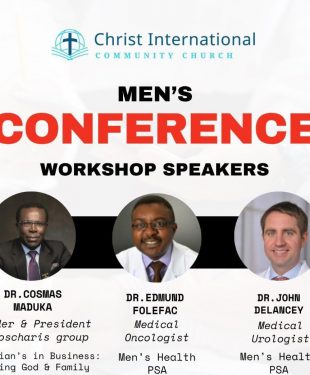

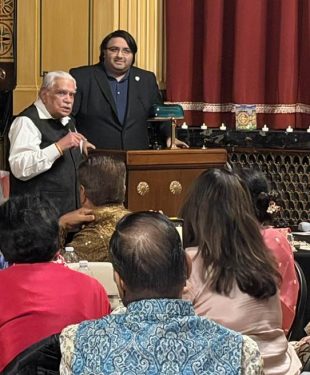

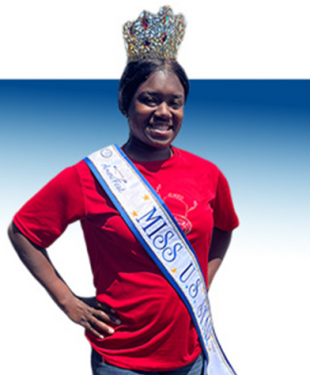

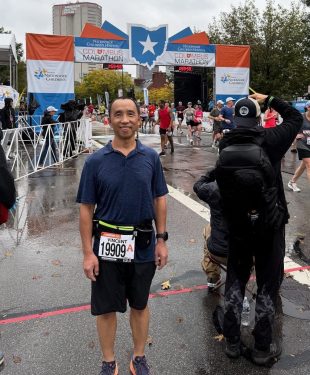

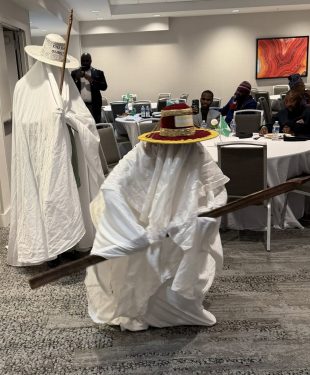










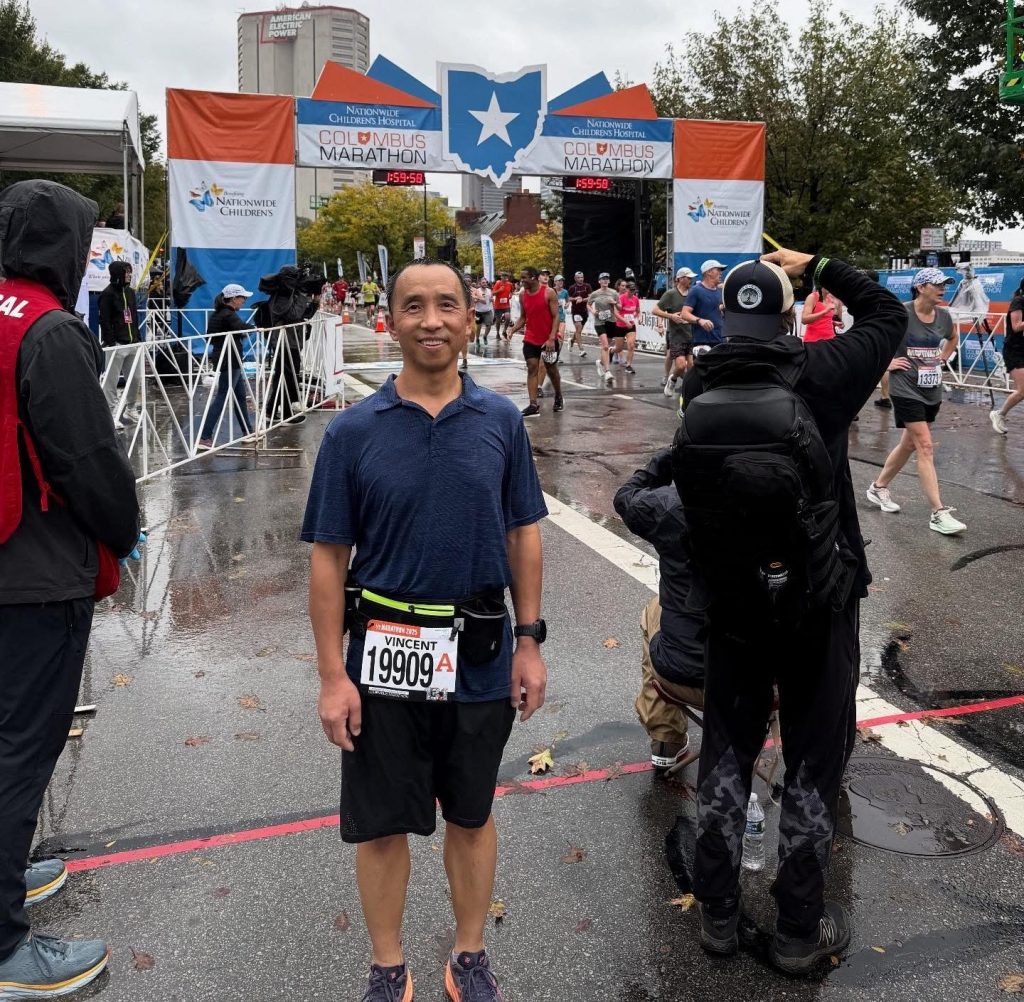

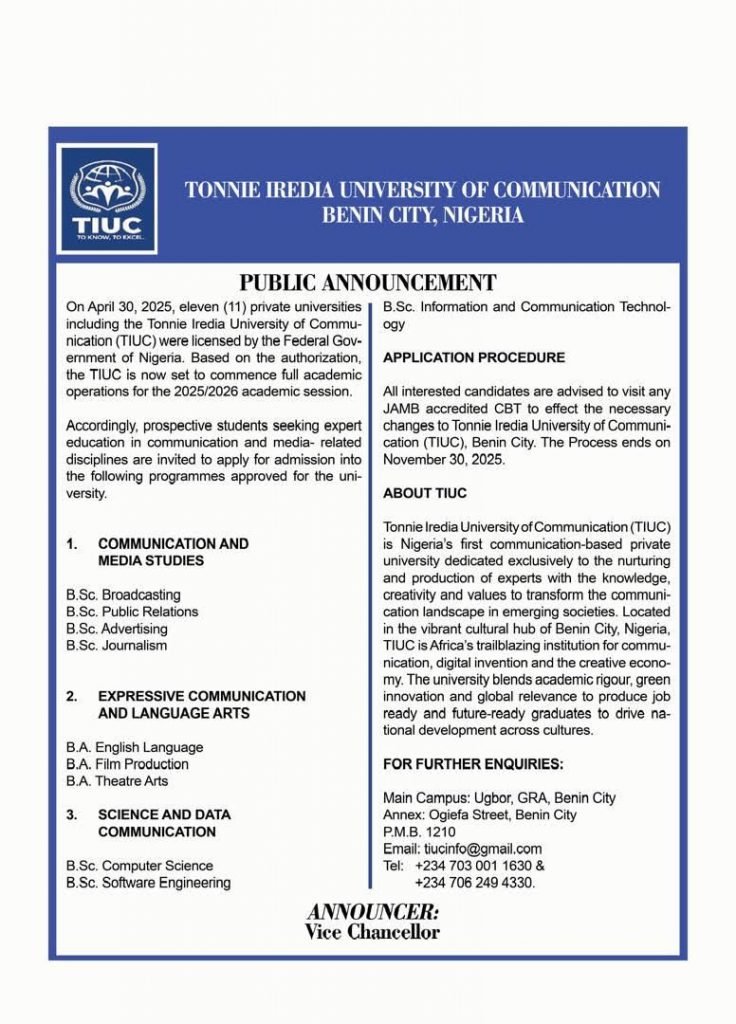
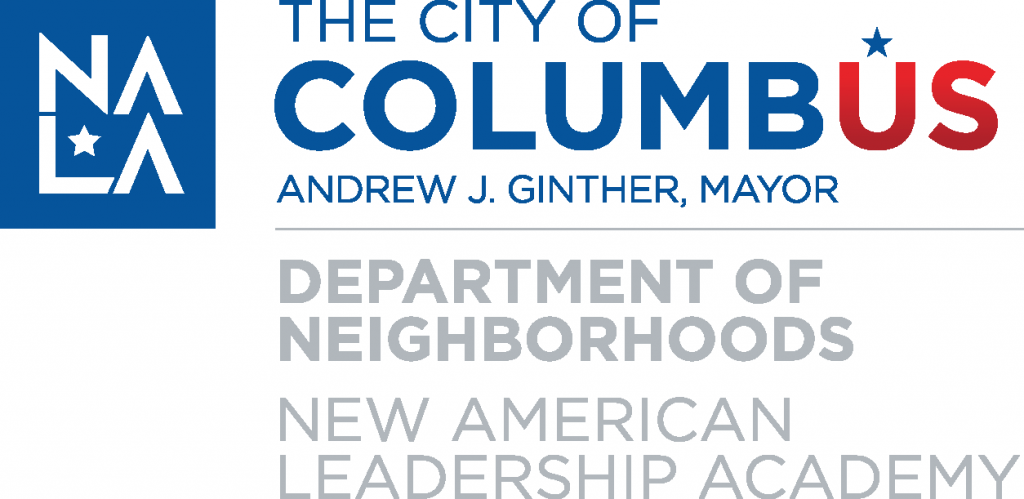





Leave a Reply
You must be logged in to post a comment.